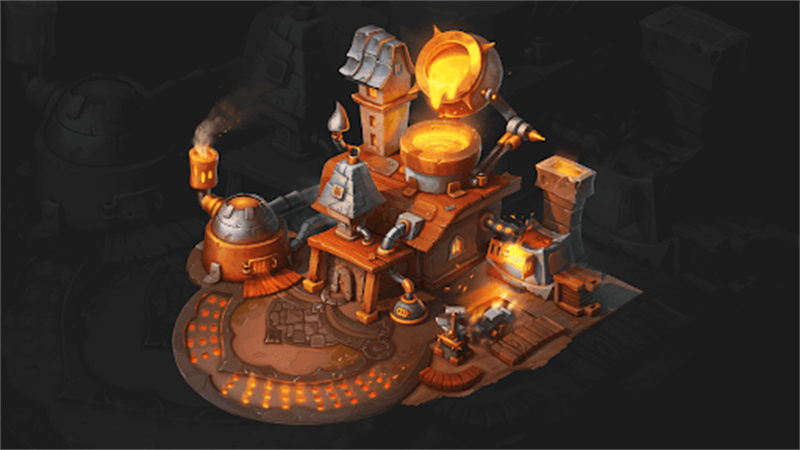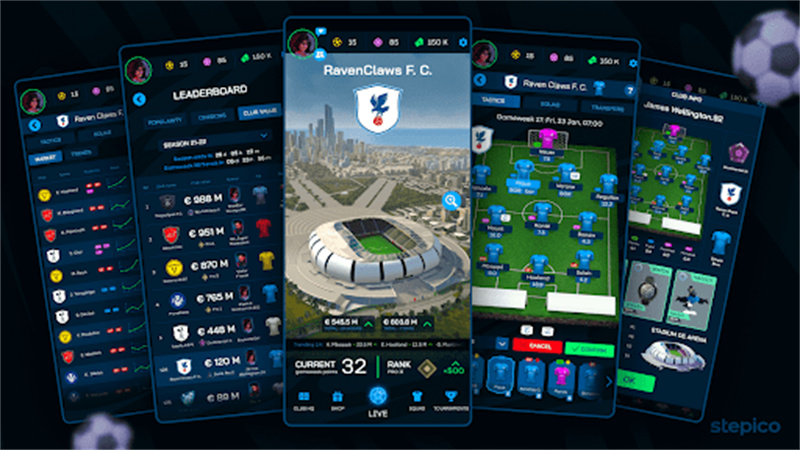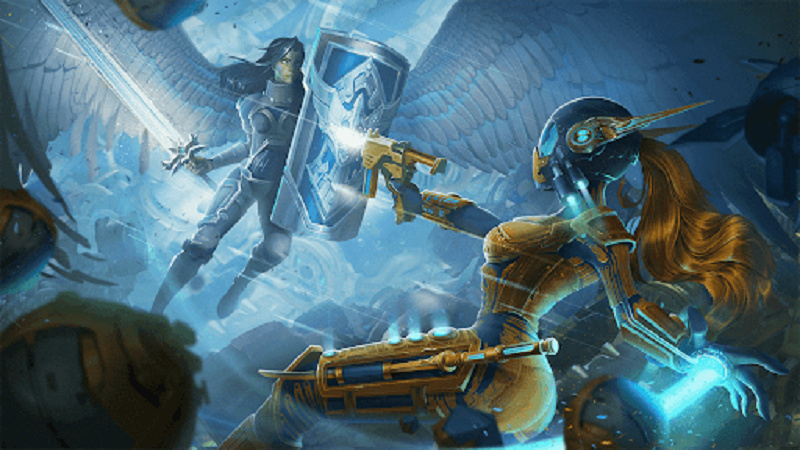Just like with any software product, creating a custom game requires a well-organized process. Often, for convenience, it is divided into several key stages.
Throughout the game cycle, from initial concept to final release and even beyond, each stage plays a critical role in determining the ultimate success of the product. Together with Stepico game development experts, let’s explore each of these exciting moments.
Planning
At the first stage of development, teams within a unity game development company brainstorm to determine the best way to implement the client’s idea. The goal is to ensure that the proposal is not only technically feasible but also economically viable. Next comes a deep dive into analyzing current trends in the gaming industry and evaluating competitors: developers explore potential niches and market opportunities to understand how to make the game unique and appealing to the target audience.
After market analysis, the team identifies the key features of the game, its style, and overall vision. Then comes the creation of a preliminary budget and project schedule. The next step is inviting designers, programmers, artists, and sound engineers capable of implementing all aspects of development.
Pre-production
This stage marks the beginning of the actual creative work on the video game, aiming to establish a solid foundation for the future development process. To achieve this, several key steps are necessary.
Script and design documentation development. The Game Design Document (GDD) describes the entire game concept, including mechanics, characters, and plot. This document serves as the basis for the entire team.
Prototyping key mechanics and gameplay. Concept art helps visualize the game world, while prototypes allow testing and debugging game mechanics.
Development planning and deadlines. During pre-production, a detailed production plan is also created. It includes a schedule of all tasks necessary for game development and helps the team organize the workflow.
Production

During the production stage, the realization of concepts, plans, and projects begins in game development. Here, all elements come together, creating the core of the game. And, just like in the previous stage, there are key elements here too.
Full game development. Programming game mechanics and functions becomes the foundation. The programming team works on implementing systems that define the game’s operation. Development includes coding, level design, and animation.
Asset Creation. Artists and animators create 3D models, textures, and interfaces based on concept art. Interaction between artists and programmers ensures smooth integration of visual assets.
Audio integration. Integrating music, sound effects, and character voice overs enhances immersion in the game. Sound engineers carefully select audio to match the atmosphere and dynamics of the game.
Continuous optimization. Optimization occurs throughout the entire production process. This positively affects performance improvement, reduces loading times, and ensures stability across different devices. The team constantly tests the game, gathering feedback to enhance the gaming experience.
Testing
During the testing phase, specialists follow predefined scenarios, checking game mechanics, interfaces, and stability. According to developers from Stepico company, the main task is to find and fix errors. Web developers work on the code, fixing bugs and optimizing performance to ensure seamless operation of the game on various devices and platforms.
At some point, collecting feedback from real users begins with alpha testing, limited to an internal audience, and then moves on to beta testing involving external users.
Pre-launch
At this stage, intensive marketing and advertising activities are launched. Trailers, teasers, and other promos are released. Developers collaborate with influencers and gaming journalists to create excitement around the game. Advertising campaigns on social networks and press releases are aimed at attracting the attention of the target audience.
To stimulate pre-sales and receive early feedback from players, pre-orders are offered, and a demo version is launched. This allows players to assess the game before the official release.
The final preparations for the release include licensing and certification to ensure that the game meets all standards and requirements. At the pre-launch stage, support systems are also configured, and active communication with the community is maintained. Developers focus on creating a positive gaming experience and addressing potential issues.
Launch
The launch phase occurs when game developers have completed all preparatory work. The game is released on various platforms, including PC, mobile devices, and consoles. Developers ensure that the game is properly loaded and available for purchase or download, with pricing and system requirements provided.
The team carefully monitors the launch process to promptly address emerging issues. This may include server crashes, connection problems, or other technical difficulties.
Immediately after the launch, developers actively gather feedback from players. This helps identify which aspects of the game need refinement or improvement.
Post-launch

The last but extremely important stage is post-launch. Continuous bug fixing and patch releases ensure the stability and performance of the game. The development team actively responds to player feedback, releasing updates that enhance functionality and address identified shortcomings. Additional content is developed to maintain interest and retain players. This may include new missions, levels, characters, or narrative branches.
Collecting and analyzing player behavior data helps understand how to improve the game. Information on which aspects of the game are most and least popular among players is used to plan future updates and content development.
Retention strategy development involves introducing reward systems, achievements, and social elements to encourage long-term engagement. Monetization may include selling additional content, in-game items, or subscriptions.
A meticulous approach to details at every step, from concept development to post-release support, ensures not only the high quality of the game but also its positive reception by the community. Based on player feedback and continuous improvement, developers can continue to delight users with new content, enhancements, and optimizations.
